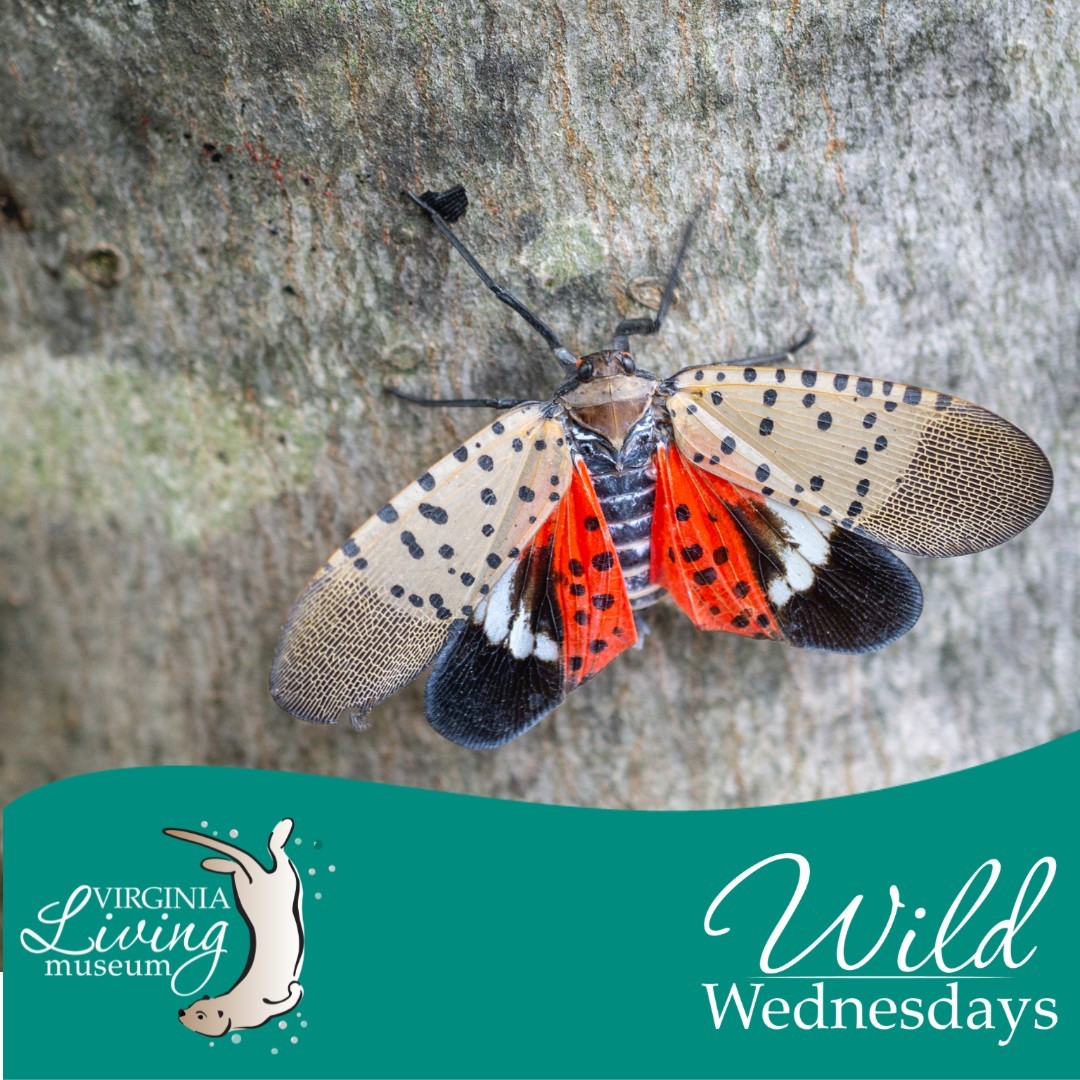– Understanding the Spotted Lanternfly: Get to know this invasive tree-dweller and its origins.
– The Impact on Ecosystems: Learn how the Spotted Lanternfly threatens local flora and fauna.
– Combatting the Spread: Discover strategies for managing and preventing further invasions.
– Invasive Species Awareness Day: Find out what activities are planned and how you can participate.
– The Bigger Picture: Recognizing our role in protecting biodiversity and maintaining healthy ecosystems.
A new character has taken the stage in the captivating world of arboreal acrobats and leafy lodgings, albeit one that might not deserve the limelight. Enter the Spotted Lanternfly (Lycorma delicatula), an uninvited guest to North American flora parties. While the insect’s polka-dotted wings and surrealist camouflage are a visual spectacle, their presence is less a reason for a standing ovation and more a clarion call for environmentalists and agriculturists alike.
Traveling far from its native stages in China, Taiwan, and Vietnam, this invasive performer has been stealing scenes since 2014, when it first appeared on American soil. Though its act does not directly harm humans, its behind-the-scenes impact on our hardwood and fruit trees and crops like grapes, apples, and hops is devastating. The aesthetic charm of the Spotted Lanternfly belies a sinister truth: they are ecological saboteurs.
The Spotted Lanternfly is a sap-sucker, guzzling the life-juice of over 70 plant species. By feeding, they excrete a sugary substance known as honeydew that encourages the growth of sooty mold, effectively black-listing the plants’ ability to photosynthesize properly. But the fallout is not just confined to the plant kingdom; their invasion sends echoes through the food web, affecting species dependent on the impacted plants.
As concerned stewards of Mother Nature’s stage, what can we do to manage this wayward troupe? The curtain rises on methods ranging from tree banding, which captures nymphs as they climb to feed, to insecticides for the more tenacious adults. Biological control measures, such as promoting or introducing natural predators like certain birds, fungi, or insects, are also under review by the scientific community.
Spreading awareness is crucial in the battle against invasive species — hence the Invasive Species Awareness Day this Saturday, a gala of environmental education and community action. From seminars on identification and prevention to workshops on the correct way to dispose of these pests, the event promises to bolster our arsenal against such ecological threats. It is a unique opportunity to be an understudy, learning the ropes from experts in the field.
Taking part in Invasive Species Awareness Day is an empowering step toward becoming an agent of change. But the script doesn’t end there. There is a need for ongoing monitoring programs and reporting sightings to keep the Spotted Lanternfly in check. Technology, in the form of apps and online platforms, simplifies this process, encouraging citizen scientists to join the ranks of dedicated professionals.
Protecting our local ecosystems from invasive species like the Spotted Lanternfly is not just a fleeting concern; it is a continuous dialogue that requires the engagement of each individual. Education about sustainable gardening, choosing native plant species, and being vigilant when traveling ensure we play our parts effectively in this live-action narrative.
As visitors to this extraordinary, interactive set design we call nature, we must enjoy the awe-inspiring productions that unfold around us and respect and preserve them. Everyone can be a stagehand, supporting the diverse cast of characters native to our green havens. And every action counts. Removing egg masses, attending sessions on prevention strategies, or simply spreading the word – they’re all lines in a larger script towards a healthier, biodiverse planet.
As we applaud conservation efforts and progress in understanding invaders like the Spotted Lanternfly, it’s essential to remember that the balance of nature is delicate. This week’s arboreal spotlight reminds us of our deep and enduring connection to the environment; it highlights the role we must play in the conservation drama and underscores the importance of every scene, every act, and every creature in the grand, intertwining plot of life.
So, let’s compose our narrative with careful thought and responsible actions, ensuring our world’s biodiversity enjoys a standing ovation for generations to come. Join this ensemble effort and make the Invasive Species Awareness Day not just an event but a milestone in your ongoing journey as an environmental protagonist.
*****
Source Description
It’s and this week’s tree-dweller spotlight is on the non-native, invasive Spotted Lanternfly. 🦟 Originally from China, Taiwan, and Vietnam, these insects may not harm humans directly, but they wreak havoc on native crops, trees, and plants. Although they cannot sting or bite, they significantly threaten our ecosystem.
Looking to tackle invasive species like the Spotted Lanternfly? Join us this Saturday when we celebrate Invasive Species Awareness Day from 11:00-3:00. Learn how you can be part of the solution and help preserve our environment. 🌎


